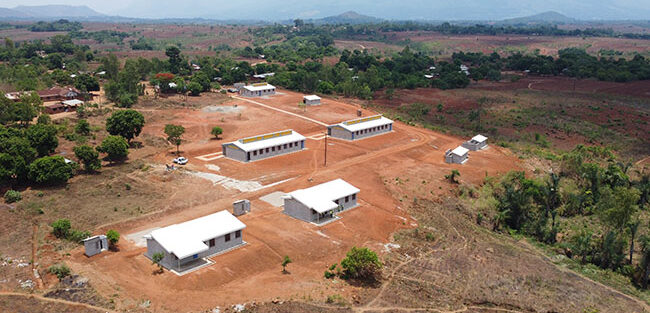The adoption of technologies for sustainable web apps and systems is a challenging and dynamic issue for farmers, extension services, agri-business and policy-makers. The agricultural sector needs to employ a wide range of evolving technologies and farm practices across many different farming systems and structures to meet a variety of changing and heterogeneous demands from consumers and the public for food, fibre and other goods and services provided by agriculture, often with uncertain outcomes in terms of their effects on sustainability.
Demand is driving the adoption of technologies. Farmers have always looked to new technologies as a way to reduce costs. In addition, higher incomes, greater knowledge and improved channels of communication are leading consumers to demand low-cost food of higher quality increasingly produced through organic methods in many countries, with more variety, consistency and year-round availability.
At the same time, consumers are increasingly demanding that their food be produced using techniques that conserve natural resources, limit environmental pressures and pay greater attention to rural viability and animal welfare. The process of trade liberalisation is widening the sources of supply and the degree of competition. The changing demands are reflected in policies and are powerfully transmitted to farmers by the media, pressure groups, food retailers and processors.
The ways in which technologies are developed and adopted differ across counties in Kenya. The different priorities and concerns related to achieving sustainable agriculture have resulted in a range of approaches and levels at which they are implemented. Some counties rely heavily on market signals and voluntary co-operative industry-led approaches to guide the development, dissemination and adoption of technologies. Others place a greater emphasis on local government intervention. Such government involvement ranges from a facilitating to a mandatory role, and includes direct funding for research, payments for dissemination and adoption, legal restrictions, information and advice. Moreover, the overall context of agricultural policies and the level of support is a key factor in determining which technologies are adopted at the farm level and in which locations at the farm level.
Research efforts, farmer education and training, advice and information are shifting towards balancing economic efficiency with environmental and social sustainability.
Historically, the focus of research and advice was to increase production, productivity and profits, whereas now the emphasis is on achieving those aims in a sustainable way, which often implies changing farm practices and using different technologies. As has often been the case, agriculture is drawing on and adapting technologies developed in or for other sectors of the economy. Although research is increasingly “problem based




2 Comments
Riva Collins
It’s no secret that the digital industry is booming. From exciting startups to need ghor
global and brands, companies are reaching out.
Obila Doe
It’s no secret that the digital industry is booming. From exciting startups to need ghor hmiu
global and brands, companies are reaching out.